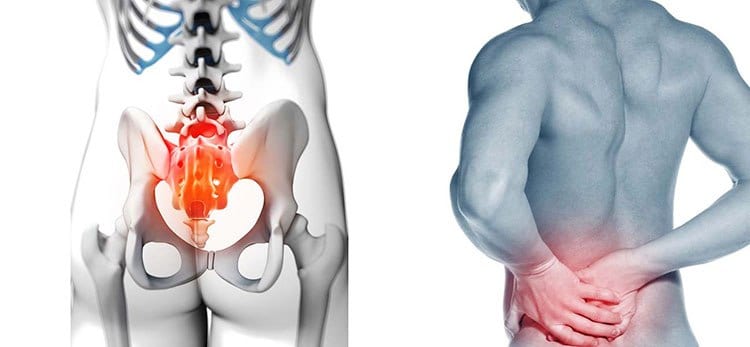
Back pain is a common problem, one that affects over 80% of the population at some point in their lives, and about 20% of the population at any time is experiencing some degree of back pain. There are many structures in the spine that can cause pain, including the spinal disks, the facet joints, and the sacroiliac joints. Each of these mechanical structures serves as “hinges” which allow the body to move in various directions. Ligaments are a type of connective tissue that hold the bony structures in place and allow proper motion, flexibility, and stability.
An injury to the spinal ligaments can lead to pain with lifting, bending, and rotation, and often results in pain, muscle spasm and marked loss of movement. Some patients resort to surgery for back pain, but that proves to often be unnecessary, risky, and expensive, and the recovery time for back surgery can be 6-12 months or longer. Many patients develop chronic back pain after surgery which is a major source of disability.
The sacroiliac ligaments support the base of the spine and hold the hip bones in place. They form the foundation of your spine and are at the core of your body’s center of gravity. Walking, running, and sports such as tennis and golf rely on the sacroiliac joints and their supportive ligaments to transfer forces between your upper body and your legs. When there is injury to any of these crucial ligaments, the motion gets out of control, the joint may catch or pop, the range of motion may be limited, and there may be pain with normal movement. Injury to these ligaments may occur with normal aging, but can be accelerated by sports injuries, falls, and motor vehicle accidents.
The ligaments do not have to be severely torn for pain and dysfunction to occur, although a severe tear can certainly be very limiting. Far more often, the ligaments are not noted to be torn or damaged even with advanced imaging such as X-Rays, MRI or CT Scan, and thus these injuries are often overlooked by many physicians. Often treatment is directed towards minor disk abnormalities and the actual source of pain is not addressed.
Fortunately, this does not need to be a losing battle or a downward spiral. Sacroiliac joint and spinal ligament pain can be treated without surgery using Regenerative Medicine / Prolotherapy. Injections of growth factors including Platelet-Rich Plasma (PRP) and Bone Marrow Aspirate Concentrate (BMAC) will stimulate repair of the damaged ligaments and joint structures and the damaged areas are often restored back to normal. The platelets in your bloodstream and the stem cells in your bone marrow contain a vast assortment of growth factors which normally serve to repair your aches and pains, and these can be directly injected into the painful areas of your body to stimulate growth and repair for areas that have not fully healed through the normal processes of repair that occur every day, without you even being aware of them.
Specialized exercises through Physical Therapy can be extremely effective to restore proper body mechanics in combination with regenerative injection techniques. With a combination of growth factor treatment and a well-designed exercise program, you can return to golf, tennis, weight-lifting, yoga, pilates, or your other normal life activities without the back pain that has been limiting you.



